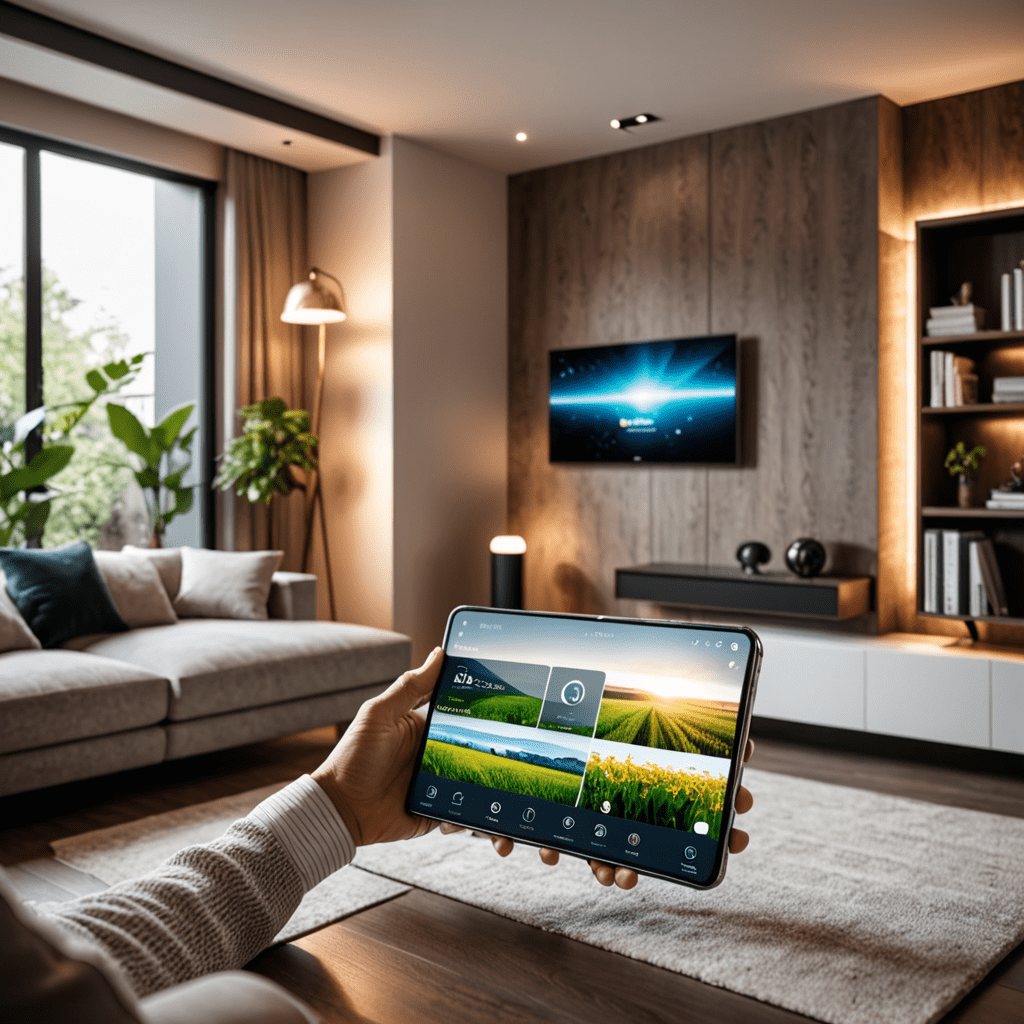
The Ultimate Guide to Smart Home Technology for Home Offices
In today’s digital age, more people are working from home than ever before. To enhance productivity and efficiency in your home office, incorporating smart home technology can be a game-changer. Let’s explore some innovative ways to transform your workspace with cutting-edge tech.
1. Smart Lighting for Enhanced Focus
Adjustable smart lighting can help create the ideal work environment by allowing you to customize the brightness and color temperature of your lights. This can reduce eye strain, boost concentration, and even sync with your circadian rhythm for improved productivity.
2. Voice-Controlled Assistants for Hands-Free Efficiency
Virtual assistants like Amazon’s Alexa or Google Assistant enable you to perform tasks such as scheduling meetings, setting reminders, or even controlling other smart devices with simple voice commands. This hands-free approach can streamline your workflow and save valuable time.
3. Smart Thermostats for Comfort and Energy Savings
A smart thermostat can regulate the temperature in your home office based on your preferences and daily routine. By optimizing energy usage, you can create a comfortable workspace while also reducing your utility bills.
4. Smart Security Systems for Peace of Mind
Enhance the security of your home office with smart cameras, motion sensors, and smart locks. These devices allow you to monitor your workspace remotely, receive alerts about potential intruders, and ensure that your confidential data remains secure.
5. Wireless Charging Stations for Device Convenience
Say goodbye to cluttered desk space with wireless charging stations that keep your devices powered up and ready to go. These sleek solutions eliminate the need for tangled cords and make charging your smartphone, tablet, or laptop a hassle-free experience.
6. Smart Plug Technology for Energy Efficiency
Smart plugs enable you to remotely control the power supply to devices like computers, printers, or lamps. By scheduling automatic shut-offs or monitoring energy usage, you can reduce standby power consumption and contribute to a greener, more sustainable workspace.
7. Virtual Meetings with Integrated Smart Home Systems
Transform your home office into a professional meeting space with integrated smart home systems. From high-quality video conferencing to seamless screen sharing, these technologies can elevate your virtual meetings and presentations to the next level.
FAQ: Smart Home Technology for Home Offices
What is Smart Home Technology for Home Offices?
Smart home technology refers to the integration of devices and systems within a home that can be controlled remotely or autonomously. In the context of home offices, this technology encompasses devices such as smart lights, thermostats, security cameras, and virtual assistants that can enhance convenience, comfort, and productivity.
How can Smart Home Technology Benefit Home Offices?
Smart home technology can benefit home offices by allowing for increased energy efficiency, improved security through remote monitoring, streamlined communication through voice-activated assistants, and enhanced productivity through automated workflows. These technologies can create a more comfortable and efficient work environment.
What are Some Examples of Smart Home Technology for Home Offices?
Examples of smart home technology for home offices include smart lighting systems that can adjust brightness and color temperature, smart thermostats that can regulate temperature settings, security cameras with motion detection and two-way audio capabilities, and virtual assistants like Amazon Alexa or Google Assistant that can assist with scheduling, reminders, and task management.
How Secure is Smart Home Technology for Home Offices?
Security is a crucial aspect of smart home technology for home offices. It is essential to choose devices from reputable manufacturers, keep software up to date, use strong passwords, and implement additional security measures such as two-factor authentication. By following best practices, the risks associated with

